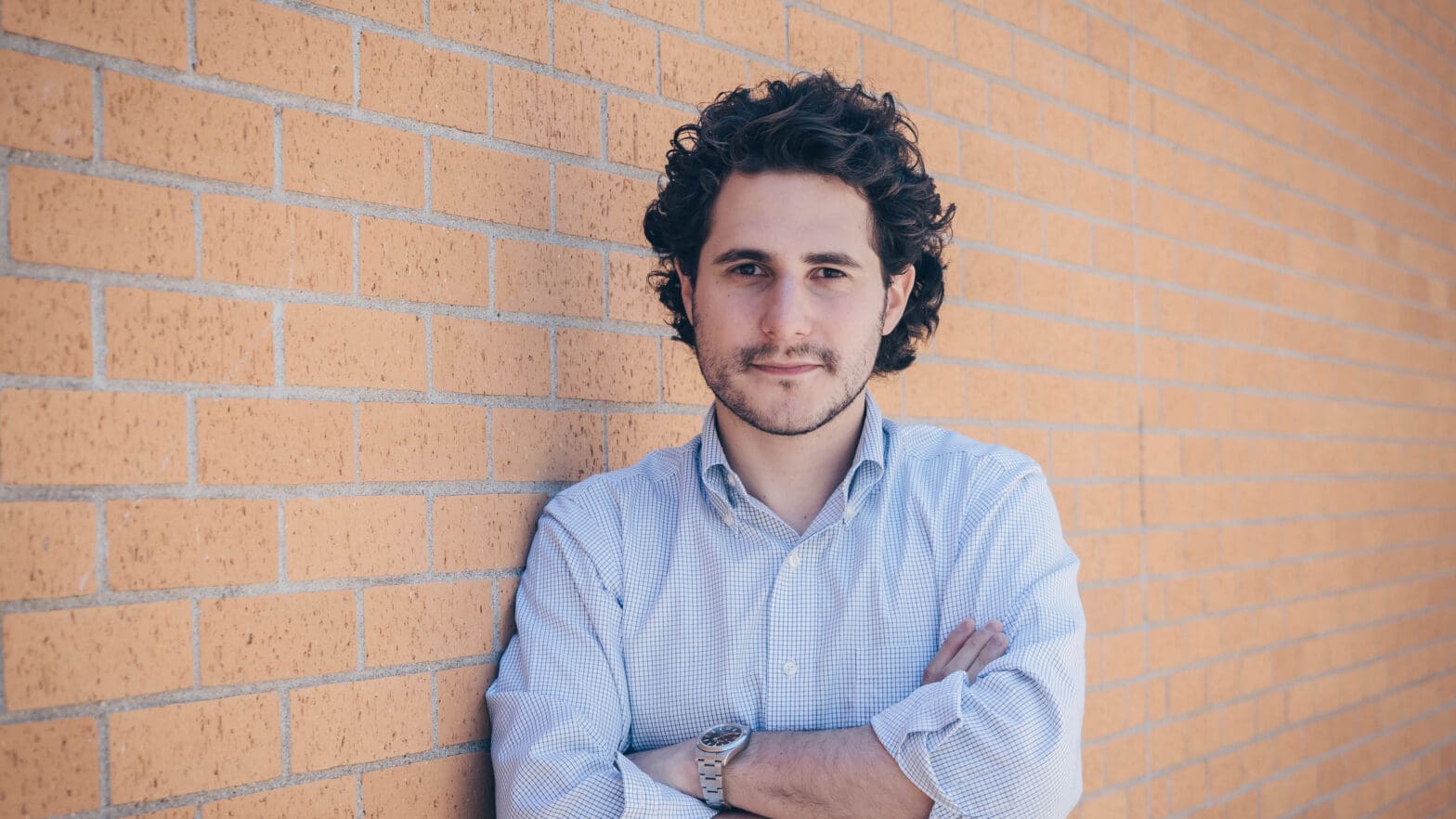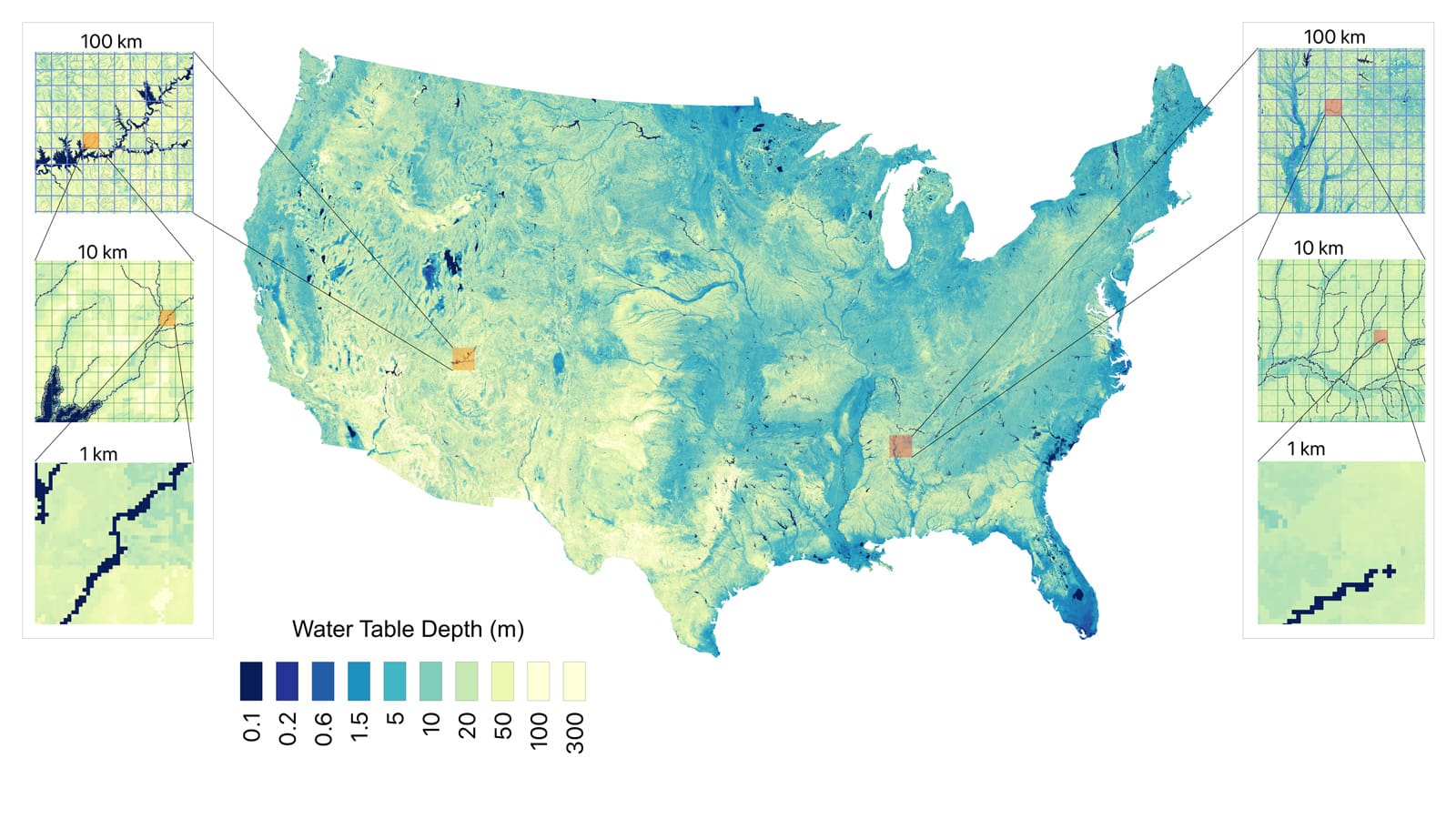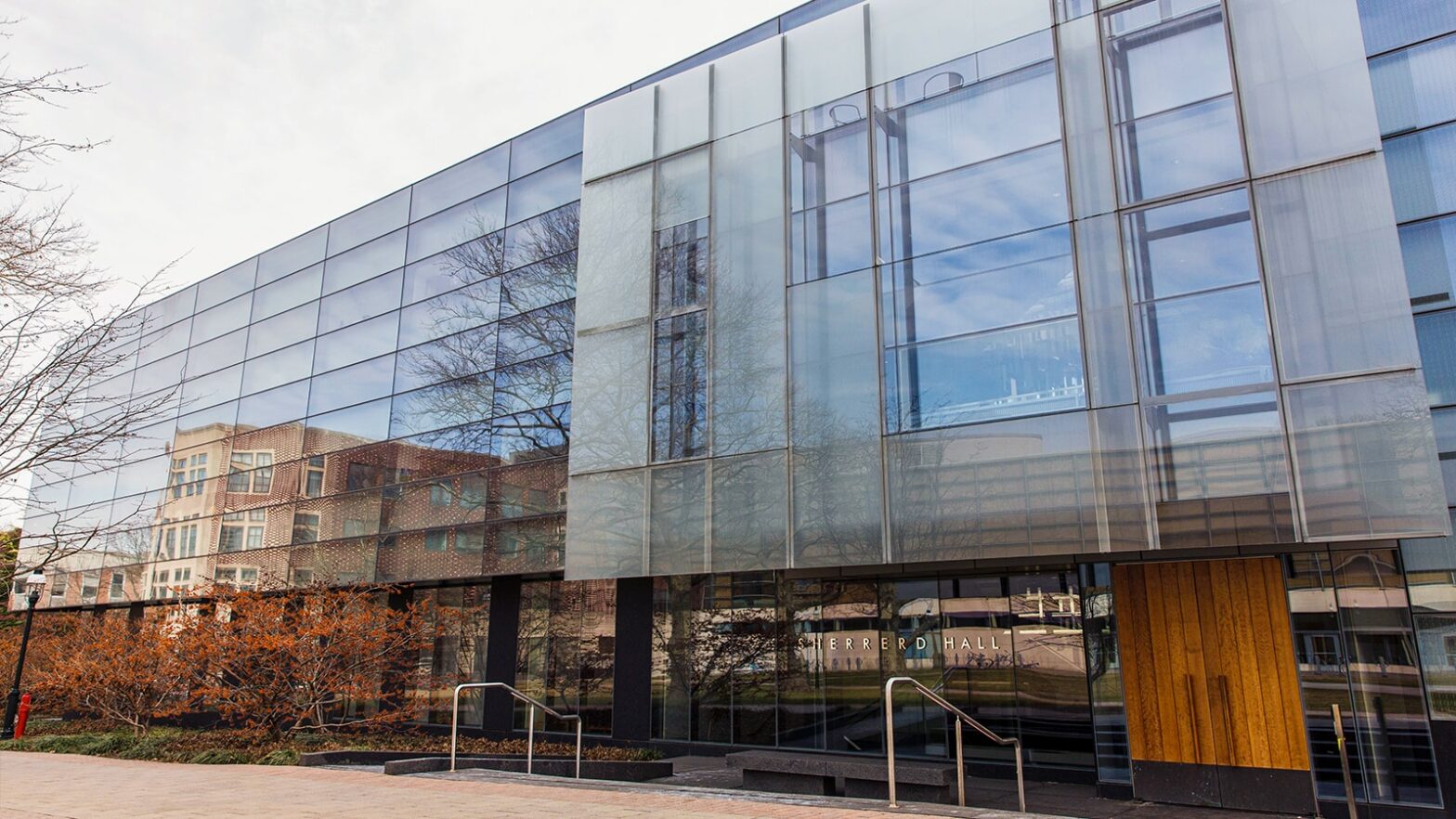For driverless cars and robots, creating algorithms to automate these types of decisions in milliseconds is a critical challenge.
Computational methods for complex, real-time decisions were first advanced decades ago, but took hours to produce results, said Bartolomeo Stellato, an assistant professor of operations research and financial engineering. They were useful, for example, in chemical plants to control the temperature of mixtures in large tanks that took hours to fill.
“In terms of algorithms and software, we’ve taken a giant step forward in being able to solve some of these problems,” said Stellato, who joined Princeton in July 2020. “However, some problems are still very hard to solve, or even with all the advances we cannot solve them in milliseconds or less.”
Stellato is applying machine learning and data-driven techniques to optimize tasks such as obstacle avoidance by vehicles or drones, or high-frequency trading in financial markets. He hopes to test these methods on real systems in collaboration with robotics researchers at Princeton.
“My goal is to devise algorithms that become smarter over time, in terms of how fast they can provide solutions, how reliable they are, and how confident we are about the decisions they allow us to make,” he said.








